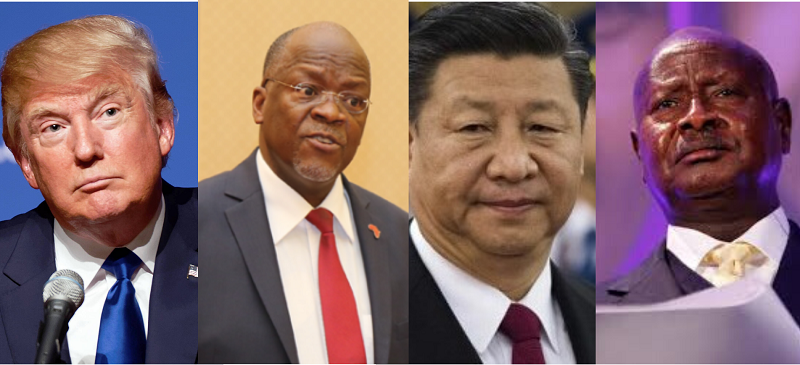“Slavery can be found in almost every aspect of the supply chain”
June 30 Rising demand for cheap labour caused by an insatiable desire among consumers to possess the latest gadgets and apparel – from phones to T-shirts – has provoked a new area of modern-day slavery, says Ariela St Pierre-Collins, 15, from Barbados.
Rising demand for cheap labour caused by an insatiable desire among consumers to possess the latest gadgets and apparel – from phones to T-shirts – has provoked a new area of modern-day slavery, says Ariela St Pierre-Collins, 15, from Barbados.
How many slaves work for you? “What? Slaves work for me?”
Human trafficking has existed in the form of the slave trade from time immortal. Shockingly it continues to this very day.
“But didn’t emancipation set the slaves free?” Well that’s what we like to think.
“Everyone knows that sweatshops exist, but buying, selling and trafficking human beings? I don’t support that, I don’t support sweatshops.”
Actually, YOU DO! Smartphones, T-shirts, computers, even coffee. That’s stuff that comes from slaves. Slavery happens also in the processing of raw materials, in the mines and in the fields.
It’s a supply chain enslaving more human beings than at any other time in history. They’re working for you, and they’re working for me. So much for emancipation!
Slavery can be found in almost every aspect of the supply chain. Let’s take a T-shirt for example. The supply chain begins with the raw materials, in this case cotton, which is harvested in countries such as Uzbekistan, where police force children to leave school in order to help pick it.
The cotton may be traded with a Chinese company, which may sell it to a firm in Bangladesh that weaves it into fabric. From there it may be sold to a sweatshop in India, where the fabric is taken and sewn into a t-shirt and stored until an order is placed by an agent in Hong Kong who ships it directly to the stores.
According to the U.S. Department of Labour, toys, textiles, sugar cane, shrimp, pornography, iron, gold, garments, footwear, electronics, diamonds, cotton, coffee, cocoa, coal, Christmas decorations, carpets, bricks and artificial flowers are just some of the many items that are the product of modern day slavery.
Our insatiable need to own – and display ostentatiously – the latest gadgets, apparel and the like has led to the need for more workers to fill an ever-rising demand, therefore causing people to be trafficked. It is the things we choose to indulge in like a new phone, a gourmet snack, even our choice of entertainment; they are often the product of forced labour.
According to a Cornell University study, approximately 12.3 million people globally are victims of forced labour, and more than 2.4 million of them have been trafficked. All of that horror inflicted because of our need for material things! Approximately $32 billion is made from human trafficking per year. $32 billion!
According to Aniya Emtage, Human Trafficking Officer for the United Nations based in Barbados, it costs roughly $400,000 for a 1 minute advertising slot on a major US network. The clothes on the actor cost very little to make. But a person in Malaysia is paid very little to manufacture it in deplorable conditions. We are no longer seeing mere “sweatshops”, these are modern day “slavery shops”.
Perhaps the question we should be asking ourselves is: “Do we actually need all ‘this stuff’? Think before you buy. Demand that your favourite brands do more to pay people equitably. Stop the traffick, stop the slavery, and together we can create a new kind of ‘Made in..’ tag. One that says,’ Made in a FREE WORLD!’
…………………………………………………………………………………………………………………
About me:
I am a Barbadian-Canadian and the founder of ‘Youth For Epic Change’, a charity aimed at raising funds for causes both locally and globally and inspiring teens in Barbados to be the catalyst for positive change. View my personal blog at www.unleashthepowerofone.tumblr.com.
…………………………………………………………………………………………………………………
Opinions expressed in this article are those of the author and do not necessarily represent the views of the Commonwealth Youth Programme. Articles are published in a spirit of dialogue, respect and understanding. If you disagree, why not submit a response?
To learn more about becoming a Commonwealth Correspondent please visit: http://www.yourcommonwealth.org/submit-articles/commonwealthcorrespondents/ …………………………………………………………………………………………………………………



